Bio Editions, a new artist-led book publishing company, has launched its first publication SNIK: EPHEMERAL.
“Who wants to do a show that no one can go to?” – New book SNIK: EPHEMERAL charts the creation and fortunes of two linked exhibitions held before and during lockdown – one playing host to a sold-out crowd, the other not attended by a single soul.
The pre-sale, launched online at noon on Friday 8th October, and celebrated with a physical event at BSMT Gallery in London, saw all editions of the publication sell out, with a small number of final available copies due to drop Thursday 14th October at 3pm.
The beautifully-printed 256-page book features numerous works by internationally-acclaimed artists SNIK (Nik Ellis and Laura Perrett), featuring art created before and during lockdown, for exhibitions that took place in the south and north of England respectively.
SNIK: EPHEMERAL showcases not only the entire collection of artwork at both exhibitions, but gives an additional behind-the-scenes look into the creation and production of the shows, from conception to finished product, featuring interviews with the artists and their exhibition team and photographs of all stages of the production process.
In extracts from the book, published by Bio Editions, SNIK artists Nik Ellis and Laura Perrett talk about the highs and lows of the last two years.
Your previous Ephemeral show at Crypt Gallery [Autumn 2019, London] looked like a lot of work – you kind of ‘got away’ with seeing that come to fruition only six or so months before the entire world shut down…
Nik: Yeah. I don’t know if we’ll see shows again like that for a long, long time. It was a few years in the making, and it was just something where we had the right space, we had the right team; we just felt that technically and career-wise we were at the right point to put something together on a much bigger scale.
And in some ways, the concept came together organically, because the concept went hand-in-hand with the space itself, linked directly from the beginning. We always had a precise idea of what we were going to do with it and how that would look to those wandering around the venue.
It must have been a real relief to see it succeed, especially in hindsight.
Laura: We originally had Ephemeral planned for June 2019, and we had it coming along pretty well, but it still wasn’t at the level we wanted it to be. So we pushed it back to October, and even then we still weren’t sure, and we were saying “shall we push it back again?”.
Can you imagine if we did? I don’t think we’d be where we are now had Ephemeral ‘taken place’ during lockdown, or been cancelled altogether.
How long was that first show in the making?
Laura: That came about through meeting Ilaria Tortoriello. Back in the summer of 2018 we were participating in an Italian street art festival, and various photographers were shooting the artwork on the walls. We did a shoot with her as part of that and immediately all got on with each other: she showed us her existing photography, and we knew we had to jump on it.
So from there, we came back to the UK and did the shoot for Ephemeral. We’re talking a year and a quarter in total putting it together then.
Ephemeral had three parts to it: life, decay and death. Instead of showing that in the images themselves, we created those sections though the medium in which they were presented. So ‘life’ was painted on canvas or wood, the works were full of colour. For ‘decay’ we used acetone on the paints to erode them, working on materials like brass. And finally at the ‘death’ stage we moved onto light boxes, which gave everything an eerie, phantasmic feel.
It interests me that we’re talking a lot about death and decay here but the images themselves aren’t actually depressing in tone, are they?
Laura: It’s more of a case of showing an acceptance, a serenity. [The subject] isn’t distressed to be overcome by change; change is good. I think the world shifting is something we need to face with a calm embracement rather than panic, and she’s our way of portraying that.
And then suddenly, of course, we entered a world where change was bad, and people weren’t allowed to wander around anything at all.
Nik: Right: the first show was about experiencing the atmosphere in that space, giving new context when the audience was walking around the show, based on how we’d set everything up with lighting etc.
With the second one, we had to totally reassess that: people wouldn’t actually be there. How do you get that atmosphere over remotely? So there’s this book, videos and so on, but also going harder and more aesthetically obvious with the concept itself – the overgrowth is rampant and out-of-control across the space and around the art, really setting the scene that everything has been left to its own devices, totally forgotten about. Just as the arts have been abandoned of late.
So you see the tangibility of the books as another form of translating the messages held in the art?
Nik: A well-printed book, presenting the works thoughtfully in situ, can get the atmosphere over neatly. You can sit with it, and spend time taking it in at your own pace. So it allows you something close in terms of immersion, and the gallery or installation experience.
Because while the beauty of online presentation is of course that someone on the other side of the world can see our artwork, there’s still something special about the tangible work.
It’s why I still like printed things; it’s why I still like physical objects; I want to be able to do shows where someone can attend in person and walk around them. So it’s not the preferred option, of course – who wants to do a show that no one can go to? – but it’s relevant right now, and happily connected to the last show in what feels like a natural progression. It’s just there’s a sense of that being accelerated to disproportionate levels.
When it comes to the unfortunately necessary restrictions that occurred due to COVID, has it felt difficult having to forego a lot of the painting technique you’d usually be testing out at festivals, at larger scales and so on?
Laura: You definitely miss some aspects: for me it’s more about wondering what could have been. When you’re taking work that you’re used to doing at 2x2m to 20x20m, or vice versa, it can really help to generate approaches and techniques that might not otherwise have been obvious.
So with the colour strikes we use, for instance, we worked predominately on the wall with those to begin with, using four huge-bristled brushes tied together, and it created effects that we were then keen to replicate in the studio too.
Being cut off from working at larger scale, it’s… more frustrating, in that you don’t know what you would have ‘invented’ during those larger ventures.
Approaching the exhibitions, and the subsequent creation of the book, has been less something stressful and more a case of pragmatism, or necessary change, then?
Nik: I tend to not let us get too stressed about the how’s and why’s of when things are happening.
Things changing aren’t necessarily a problem – if you’re presented with a challenge you weren’t expecting, taking a new tack to overcome that challenge might actually result in a better outcome than you would have had in the first place. I don’t see the need to get wound up about things in that respect.
We had to get the photos right, of course, and conveying the atmosphere powerfully has taken work.
We’ve always chased depth for instance, because spray paint as a whole doesn’t have too much in the way of that – the pre-raphaelite imagery we base a lot of our work on was all oils, so finding other ways to present it is important.
Lighting is of course one of the best ways of doing that. And that will be the case whether we’re presenting the show ‘live’ or in a photographed, printed format.
Words are drawn from two separate chats in SNIK: EPHEMERAL, edited together for clarity.
The books themselves have been produced under the scrutiny of the artists themselves, and accordingly each edition is printed with extremely high production values. In addition to the first edition hardback, 175 copies feature an accompanying signed screen print, while 50 particularly special copies add a hand-painted cover along with the included print.
All the editions, including the 750-copy standard hardback run, are printed on 200gsm GalerieArt Satin paper.
SNIK: EPHEMERAL launches via the website at 3pm UK time (GMT+1) Thursday 14th October.
Visit www.bioeditions.com for more information.
www.instagram.com/bio_editions
All photographs courtesy of Snik / Bio Editions / Liam Keown / Doug Gillen




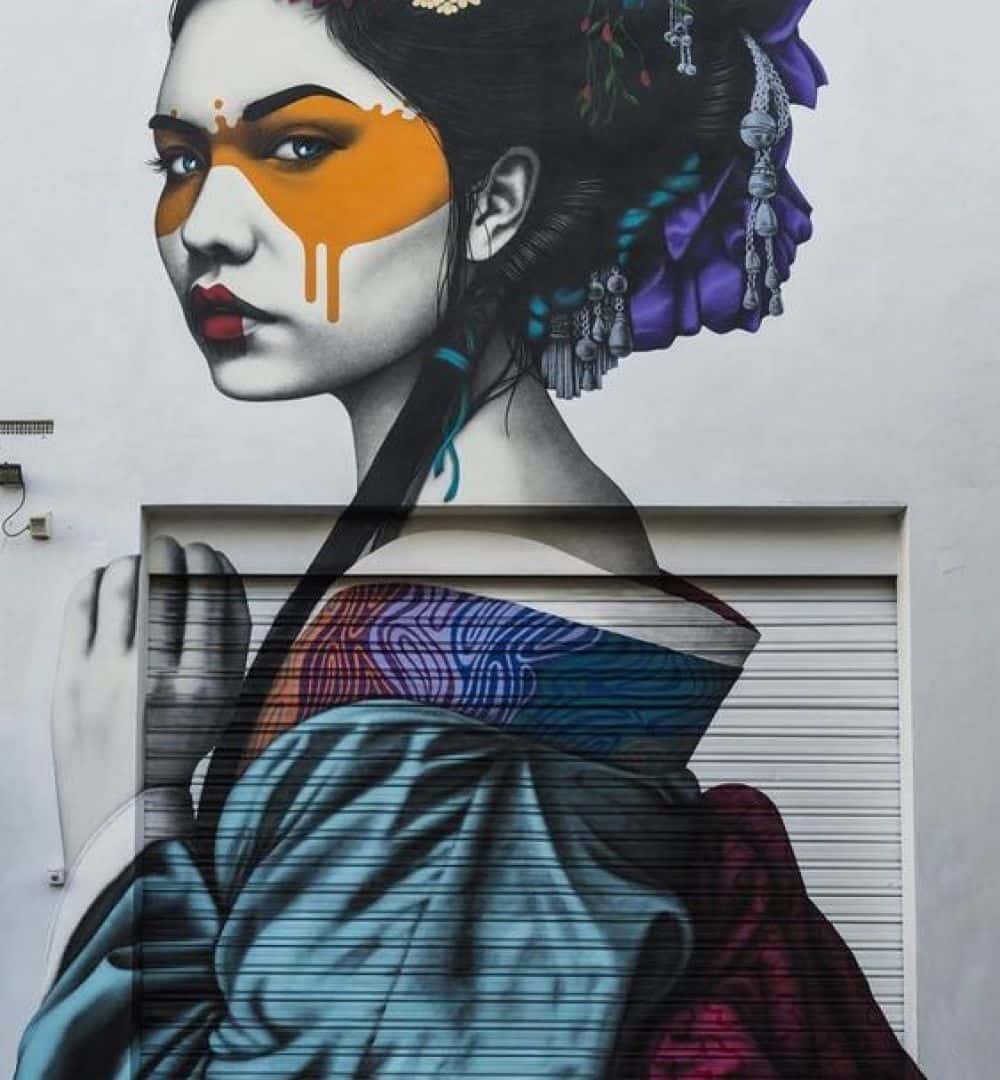







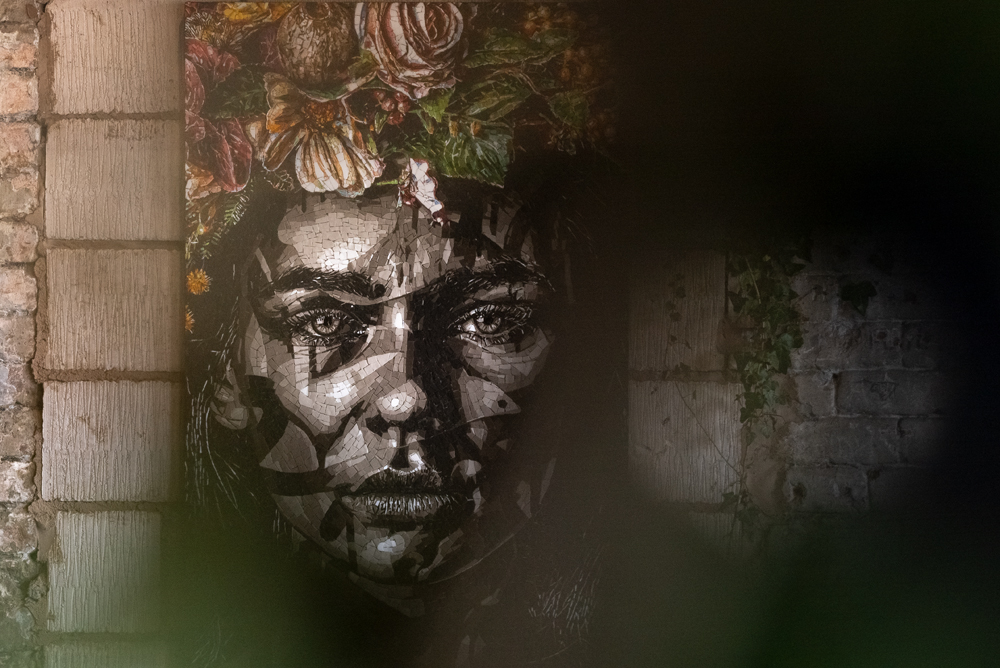
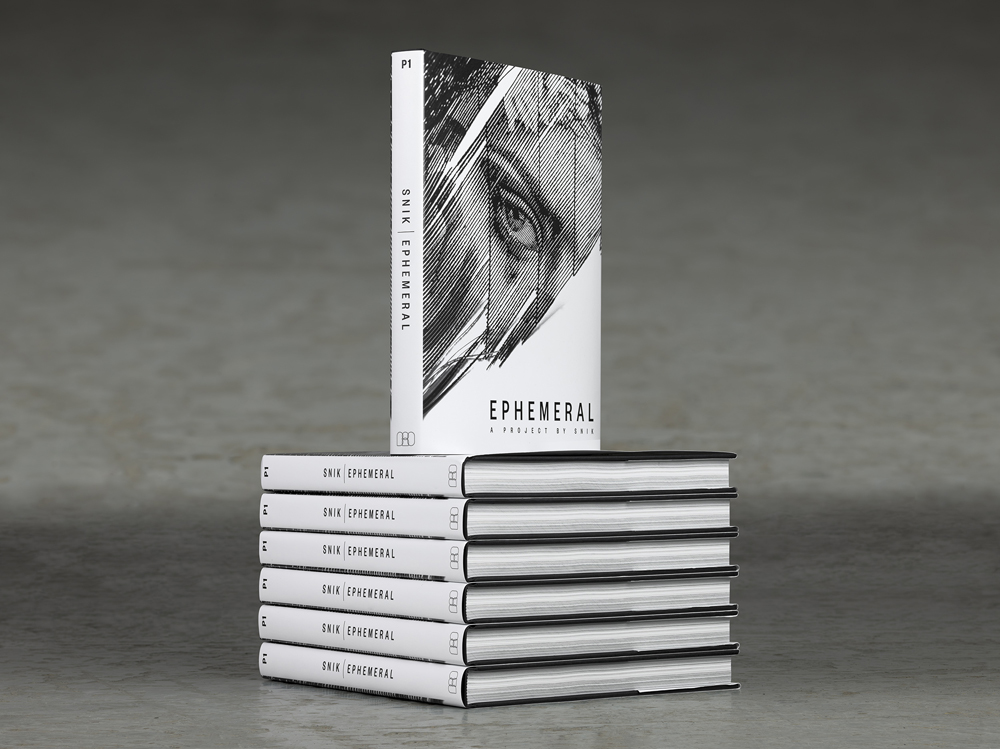



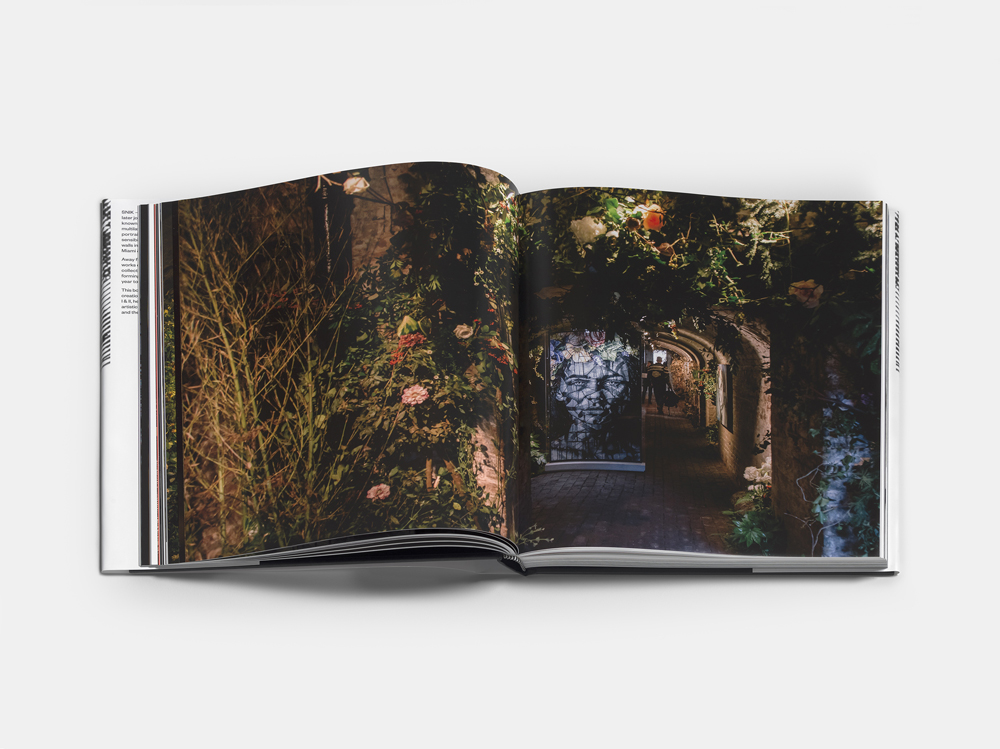





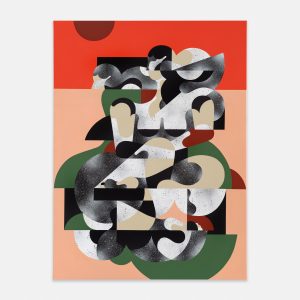


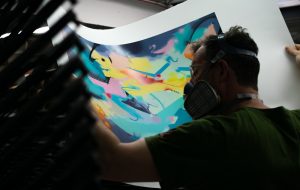

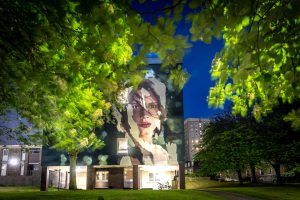








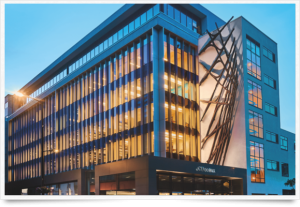



comment